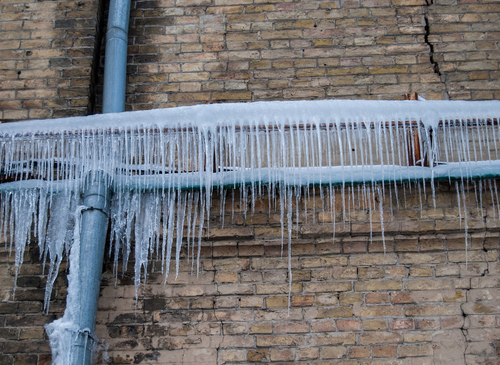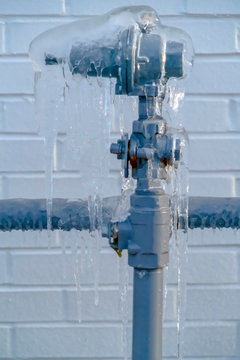Just how do you really feel in relation to 6 Ways to Prevent Frozen Pipes?

Winter can wreak havoc on your plumbing, specifically by freezing pipes. Here's just how to stop it from occurring and what to do if it does.
Intro
As temperature levels drop, the danger of icy pipes rises, potentially bring about pricey repairs and water damage. Comprehending how to avoid frozen pipelines is critical for house owners in cool environments.
Avoidance Tips
Insulating susceptible pipes
Cover pipes in insulation sleeves or utilize heat tape to shield them from freezing temperatures. Focus on pipelines in unheated or external locations of the home.
Home heating strategies
Maintain interior rooms effectively heated, particularly areas with plumbing. Open up cabinet doors to permit warm air to flow around pipes under sinks.
Exactly how to determine frozen pipelines
Seek lowered water circulation from taps, uncommon odors or sounds from pipelines, and visible frost on subjected pipelines.
Long-Term Solutions
Architectural adjustments
Take into consideration rerouting pipes away from exterior walls or unheated locations. Add added insulation to attic rooms, cellars, and crawl spaces.
Updating insulation
Invest in top quality insulation for pipes, attics, and walls. Correct insulation aids keep constant temperature levels and decreases the danger of frozen pipes.
Safeguarding Outdoor Plumbing
Yard pipes and outdoor taps
Disconnect and drain pipes garden hoses before winter. Install frost-proof faucets or cover outside taps with protected caps.
Recognizing Frozen Pipelines
What creates pipes to ice up?
Pipelines ice up when revealed to temperature levels listed below 32 ° F (0 ° C) for prolonged periods. As water inside the pipes ices up, it expands, taxing the pipeline walls and potentially triggering them to break.
Risks and damages
Frozen pipelines can bring about supply of water disturbances, home damage, and expensive fixings. Burst pipelines can flooding homes and cause extensive architectural damages.
Indications of Frozen Piping
Identifying icy pipes early can prevent them from breaking.
What to Do If Your Pipelines Freeze
Immediate activities to take
If you suspect icy pipelines, maintain taps open to eliminate pressure as the ice thaws. Utilize a hairdryer or towels taken in warm water to thaw pipes gradually.
Verdict
Stopping icy pipelines needs positive measures and fast responses. By understanding the causes, indicators, and preventive measures, home owners can secure their pipes throughout winter.
5 Ways to Prevent Frozen Pipes
Drain Outdoor Faucets and Disconnect Hoses
First, close the shut-off valve that controls the flow of water in the pipe to your outdoor faucet. Then, head outside to disconnect and drain your hose and open the outdoor faucet to allow the water to completely drain out of the line. Turn off the faucet when done. Finally, head back to the shut-off valve and drain the remaining water inside the pipe into a bucket or container. Additionally, if you have a home irrigation system, you should consider hiring an expert to clear the system of water each year.
Insulate Pipes
One of the best and most cost-effective methods for preventing frozen water pipes is to wrap your pipes with insulation. This is especially important for areas in your home that aren’t exposed to heat, such as an attic. We suggest using foam sleeves, which can typically be found at your local hardware store.
Keep Heat Running at 65
Your pipes are located inside your walls, and the temperature there is much colder than the rest of the house. To prevent your pipes from freezing, The Insurance Information Institute suggests that you keep your home heated to at least 65 degrees, even when traveling. You may want to invest in smart devices that can keep an eye on the temperature in your home while you’re away.
Leave Water Dripping
Moving water — even a small trickle — can prevent ice from forming inside your pipes. When freezing temps are imminent, start a drip of water from all faucets that serve exposed pipes. Leaving a few faucets running will also help relieve pressure inside the pipes and help prevent a rupture if the water inside freezes.
Open Cupboard Doors
Warm your kitchen and bathroom pipes by opening cupboards and vanities. You should also leave your interior doors ajar to help warm air circulate evenly throughout your home.

I'm very eager about Prevent Frozen Pipes and I really hope you appreciated the new article. Liked our piece of writing? Please quickly share it. Help other people find it. Thank you so much for your time spent reading it.
Phone